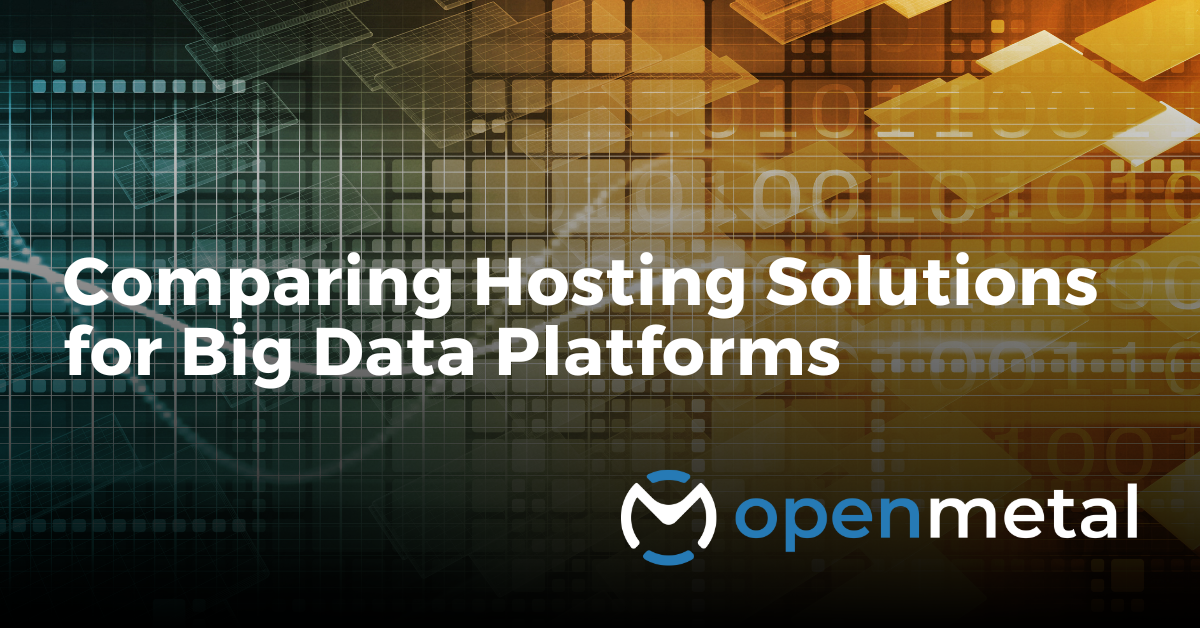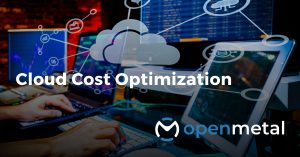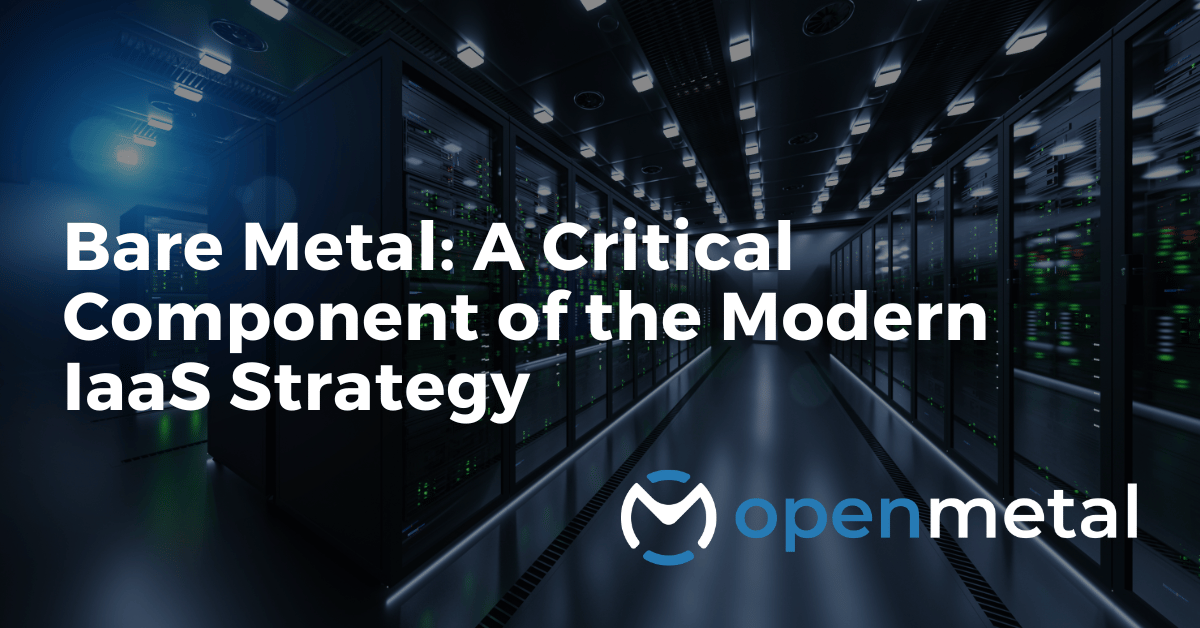The increasing dependency on data has businesses evaluating the best big data solution options. But, the performance and reliability of those solutions require the appropriate big data infrastructure to support them. This article defines big data and its applications, the big data solutions platforms that process the data, and big data infrastructure requirements necessary to support operational efficiencies.
The Rise of Big Data
It’s no secret that data is growing. Artificial Intelligence (AI) and Machine Learning (ML) are just a couple examples of growing big data and analytics tools that businesses are using to gain a competitive edge. Statista reported that global data creation is projected to grow to more than 180 zettabytes by 2025.
To support these data needs, organizations need to evaluate big data solution options. One such solution that is gaining popularity is the usage of a web scraping API, like Zenrows. Zenrows‘ intuitive interface and comprehensive tools make data extraction simpler and exceedingly efficient. It can handle large volumes of data, making it an attractive big data solution. You may also be interested in exploring an AI web scraping API like Scrapingbee for additional AI-powered functionality.
Many companies are also turning to offshore big data development solutions to get in on the big data action and benefits without having to drastically change their business or hire internally.
And of course, organizations need to evaluate big data infrastructure options to host these solutions and achieve the greatest security and efficiency. We’ll explore some of these options below.
Defining Big Data
To begin, let’s define big data for the context of this article. Big data, as defined by Wikipedia, refers to “data sets that are too large or complex to be dealt with by traditional data-processing application software.” In summary, it is data that cannot be stored or processed efficiently by common data management tools.
3 Vs of Big Data
To explain this further, the properties or dimensions of big data are often defined via the 3 V’s, a concept introduced by Gartner analyst Doug Laney in a 2001 Meta Group research publication. These “3 V’s” have been altered and added onto for more than 20 years. But, the original three are still used most often:
Volume
The most evident property here is the sheer quantity of data. This includes the huge amounts of data collected and generated every second from sources, such as IoT devices, social media, videos, financial transactions, and customer logs. Given the increasing demand for information, it comes as no surprise that data is projected to grow to more than 180 zettabytes by 2025, as mentioned above. It’s even less surprising that Terabytes (TB) and Petabytes (PB) of data in storage and servers have become commonplace in business needs today.
To put this into perspective, a cheap USB stick that holds 1 TB holds 25,000 times more data than a normal hard disk drive in 1990 that included 40 MB of storage.
Velocity
The velocity of data is how quickly data is entering the system. Data used to take time to process. The velocity of how quickly data is accessible today has changed the way we desire, consume, and increasingly rely on data today in our personal and professional lives. And if that data is not continuous, there is a growing tendency to discount it as less useful. Real-time processing capabilities make big data for business an essential driver of competitive advantage in today’s fast-paced market.
To put this into perspective, those old enough to remember dialing into AOL in the mid to late 90’s understand the pain of patiently waiting around 20 seconds to log into AOL and then another 30 seconds for EACH visited website page to load.
Variety
The variety of data is just what you would guess. It is a wide array of data from wearable device metrics, images, GIS (map) data, social media, etc. Anything that is creating data that needs interpreted, managed, and used, represents a flavor in the variety of data. The variety of data can typically be classified into three distinct parts:
- Structured data is data that is stored in tabular form and managed in a relational database (RDBMS). Examples of this may include account information saved in customer relationship management (CRM) systems, invoicing system data, product databases, or even simple contact lists. Many big data systems may also use non-relational databases such as document-oriented (eg. CouchDB, MongoDB) and key-value based (eg. Kafka, Redis)
- Unstructured data is data that is difficult to standardize and categorize because it does not have an organized structure. Examples of this may include video data, audio files, assorted posts on social media, etc.
- Semi-Structured data combines both structured data and unstructured data features. Examples of this may include HTML web page data, certain types of emails, and even Electronic data interchange (EDI) data.
Big Data Solution Platforms
To take advantage of these large data sets, businesses need to implement big data solutions, in the form of distributed computing software platforms that can collect, distribute, store, and manage massive, unstructured data sets in real time. These systems simplify and organize the processing and distribution of data running on hundreds or thousands of machines simultaneously.
Some of our favorite open source examples of these Big Data Software Platforms include:
- ClickHouse – ClickHouse is a scalable, open-source, database management system (DBMS). It provides online analytical processing (OLAP), supports applications working with massive structured data sets, and enables users to generate reports using SQL queries in real-time.
- Hadoop – Apache Hadoop is a collection of open-source software utilities, based on Java, that manages high volumes of application data storage and processing. This distributed storage and parallel processing is facilitated by allowing a network of many computers solving smaller workload problems all at the same time.
- Spark – Apache Spark is an open-source data processing framework for large-scale data processing. It enables the distribution of data processing tasks across multiple computers in parallel to support big data and machine learning, which requires massive computing power to analyze large data sets.
Big Data Infrastructure Requirements
To support the optimal operation of these big data solution software platforms, there needs to be an appropriate underlying infrastructure. This big data infrastructure must be configured with these platforms and have the operational power to:
- Collect high volumes of data quickly
- Handle large amounts of disk and network I/O
- Deliver highly available systems, including rapid recovery capabilities
- Enable scalability of machines for increasing storage and/or compute power
To best leverage big data infrastructure for your business, equipping your team with the right skills is also crucial. For professionals looking to advance in managing large-scale data solutions and infrastructure, it’s an excellent idea to earn your data engineer certificate online. These courses and certifications not only boost business capabilities and career prospects, but ensure that you are well-versed in the fundamentals of designing, implementing, and maintaining scalable data environments – key elements in navigating big data challenges.
Most Common Big Data Infrastructure Options
To meet the operational requirements outlined above, users need to understand their infrastructure options. Spoiler…there is no one-size fits all solution. The right infrastructure can help organizations make better decisions, improve operational efficiency, and gain a competitive advantage.
The 3 most common big data a infrastructure options include:
- Cloud-based Infrastructure. The flexibility to scale up or down and access to advanced infrastructure services without upfront investment, has made public and private clouds a popular option for advanced analytics capabilities, machine learning algorithms, and real-time data processing.
- On-Premises Infrastructure. Despite upfront investments and more constrained scalability, on-premises are often preferred by teams that want more direct control and security over their highly sensitive data.
- Hybrid Infrastructure. Despite having to manage multiple platforms, many choose to combine different cloud and on-premises solutions for a best-of-both-worlds option to achieve benefits from all.
All three options offer their own unique benefits. But all three also still present certain limitations and potential complexities. There are still trade offs of costs vs control, scalability vs security, etc. The Hybrid Infrastructure option helps to deliver the advantages of each, but does not necessarily remove the disadvantages of each. What if there was a fourth option that could?
A New Big Data Infrastructure Choice
OpenMetal Clouds deliver a new and different type of big data infrastructure that has been validated for use with Big Data software platforms, such as ClickHouse, Hadoop, and Spark.
Not only does OpenMetal fuse the best capabilities of traditional public cloud, private cloud, and bare metal, into an on-demand, hosted private cloud platform. It is built on top of OpenStack to take advantage of open source technology integrations.
Each OpenMetal Cloud starts with a Cloud Core of three bare metal dedicated servers, Ceph storage, and the most commonly needed standard features right out of the box. This results in a rapidly deployable and scalable single-tenant environment. It’s a best-of-ALL-worlds approach that blurs the lines between the common big data infrastructure options above.
Are You Open to New Ideas?
If you’d like to learn how OpenMetal clouds can support your big data needs, let’s talk. Schedule a consultation with our cloud team to do an initial assessment. It’s a no-pressure, complimentary discussion to understand your challenges and goals, review your current cloud bills, and identify any opportunities to reduce your spend.
Explore OpenMetal on Our Own
If you prefer to explore OpenMetal on your own, learn how to request a free cloud trial that you can spin up for yourself or for your organizational.
Read More
Read the next big data article “Comparing Hosting Solutions for Big Data Platforms.”
More on the OpenMetal Blog…

Comparing Hosting Solutions for Big Data Platforms
This article evaluates and compares different big data hosting options to support optimal performance for big data platforms….Read More

Cloud cost optimization is the practice of efficiently managing the cost of your business’ cloud computing resources. An effective cloud cost optimization strategy ensures …Read More

Bare Metal: A Critical Component of the Modern IaaS Strategy
The adoption of Infrastructure-as-a-Service (IaaS) is on the rise as businesses seek to harness the scalability…Read More
Test Drive
For eligible organizations, individuals, and Open Source Partners, Private Cloud Cores are free to trial. Apply today to qualify.
Subscribe
Join our community! Subscribe to our newsletter to get the latest company news, product releases, updates from partners, and more.



































